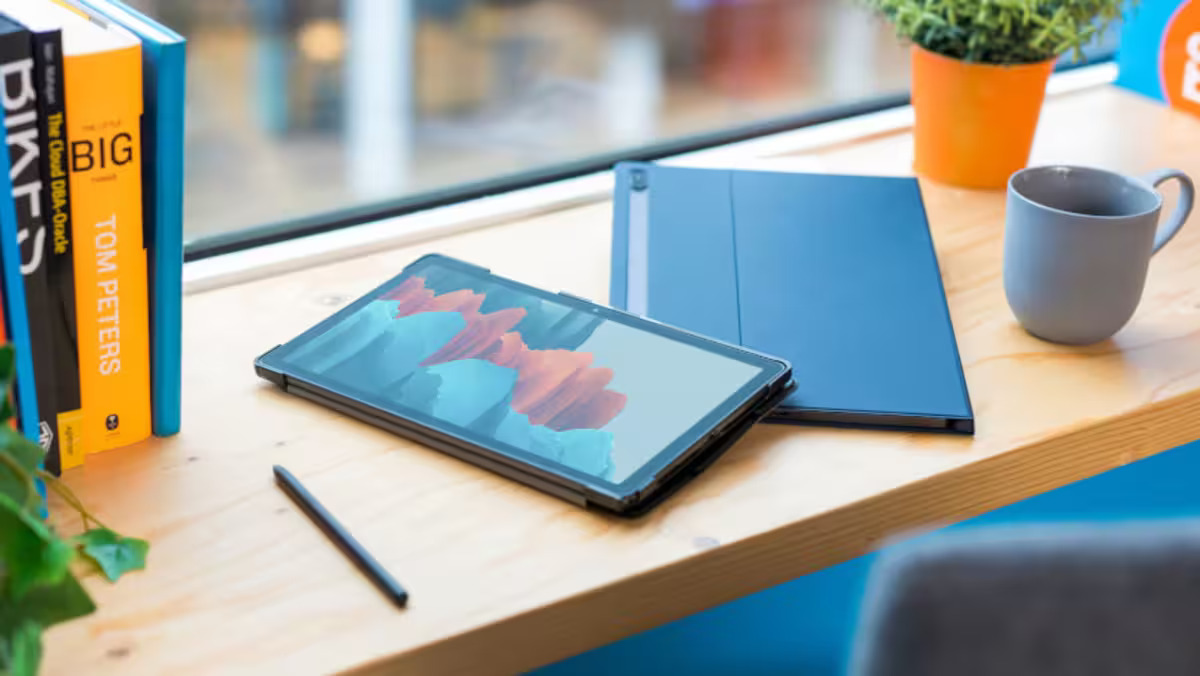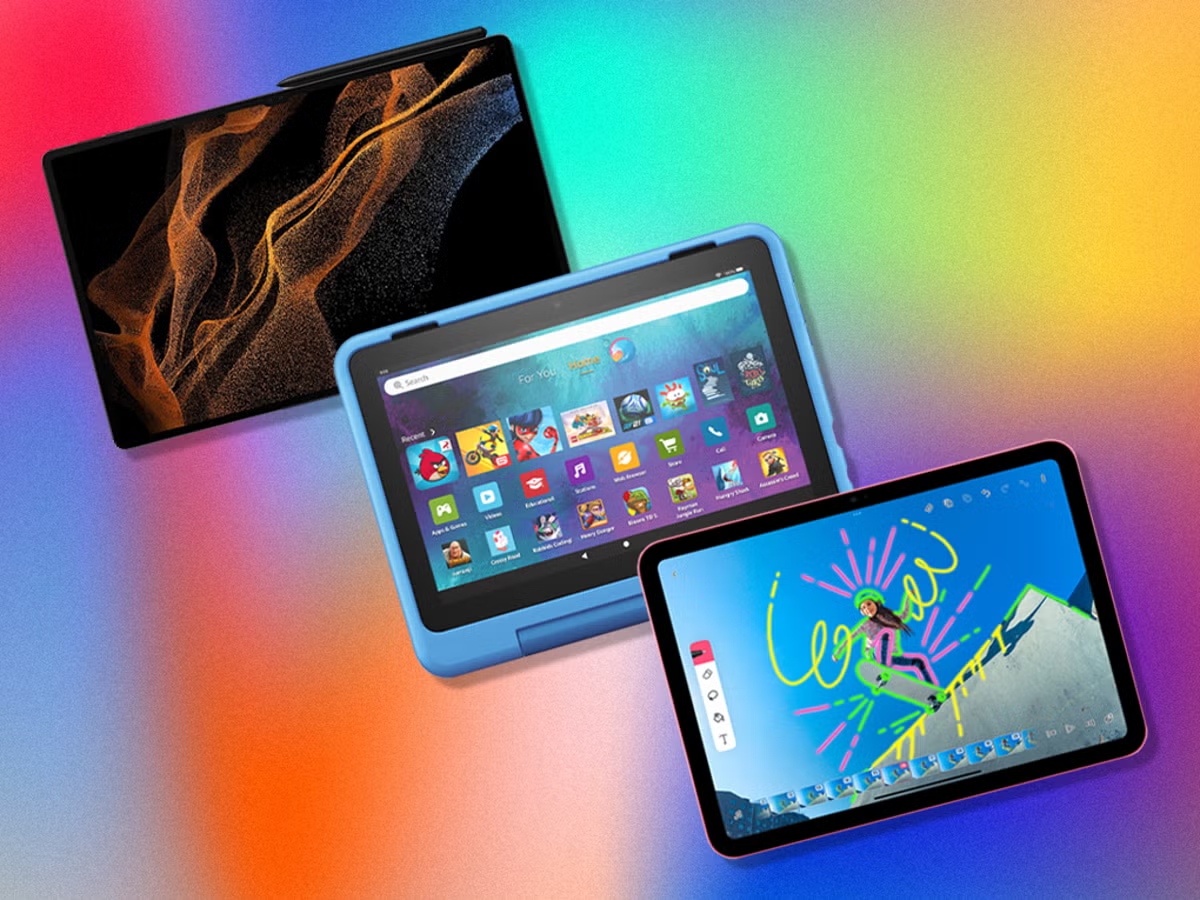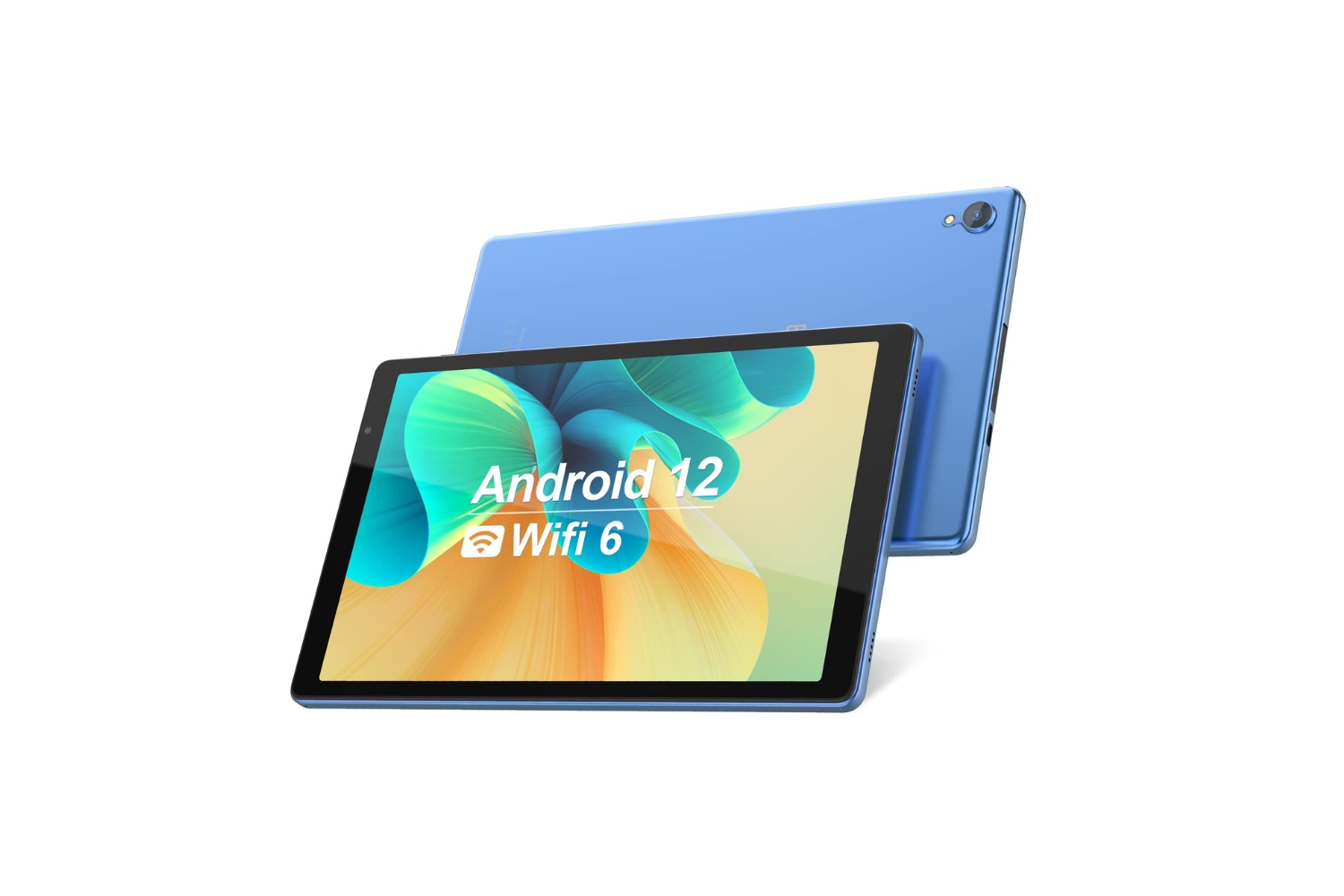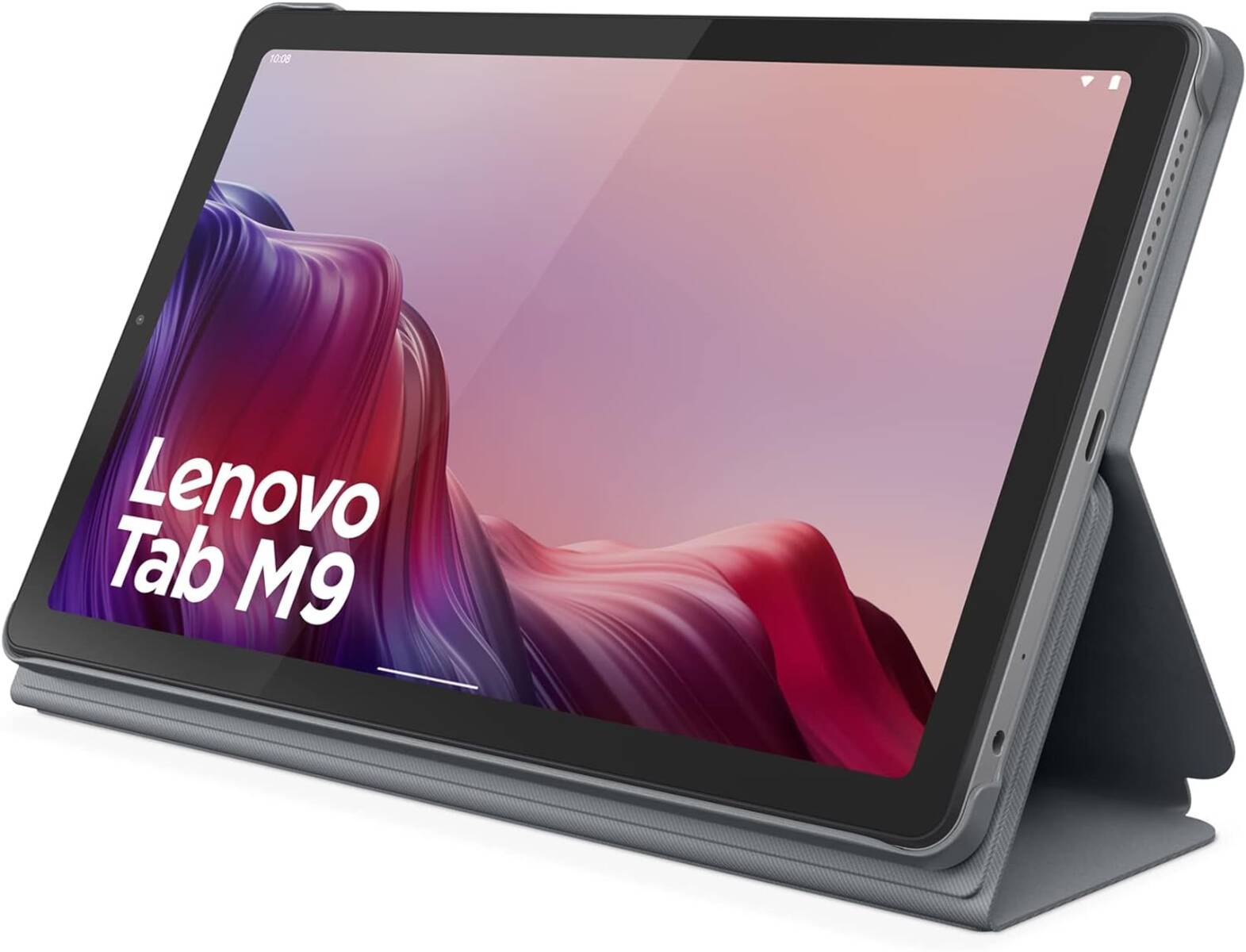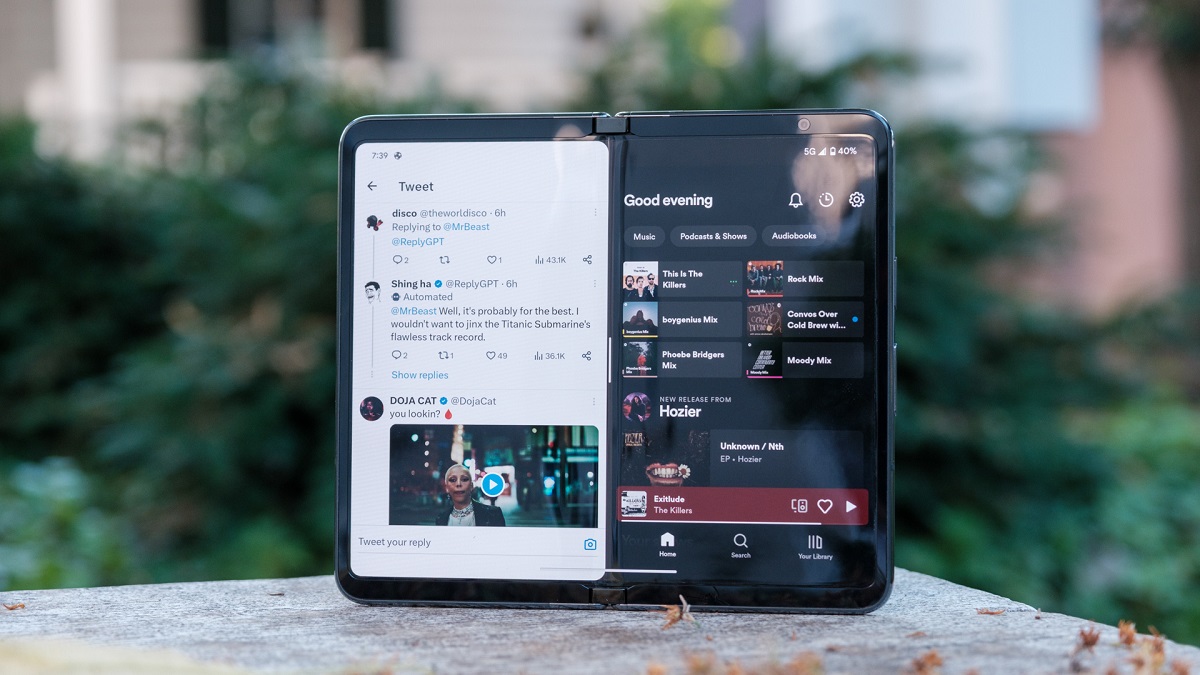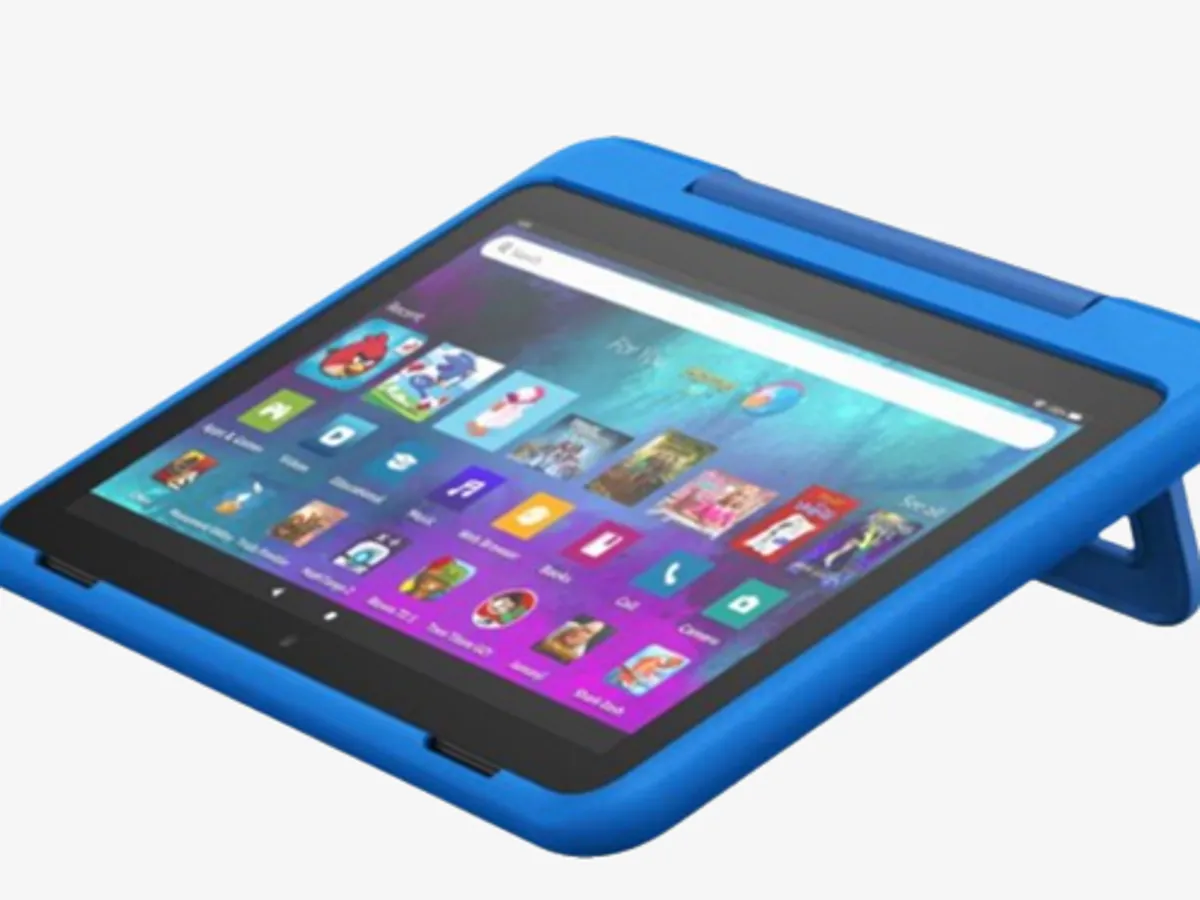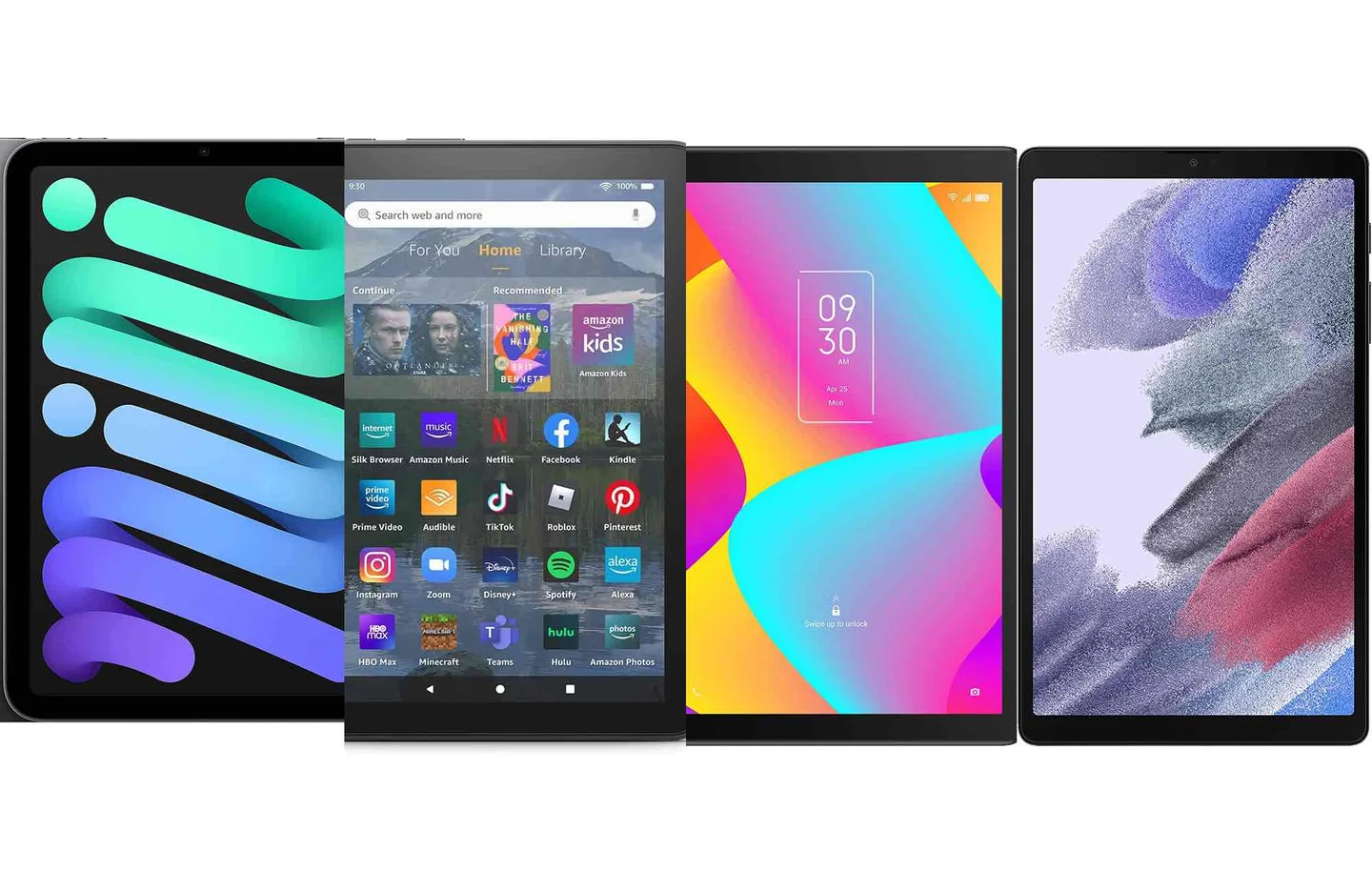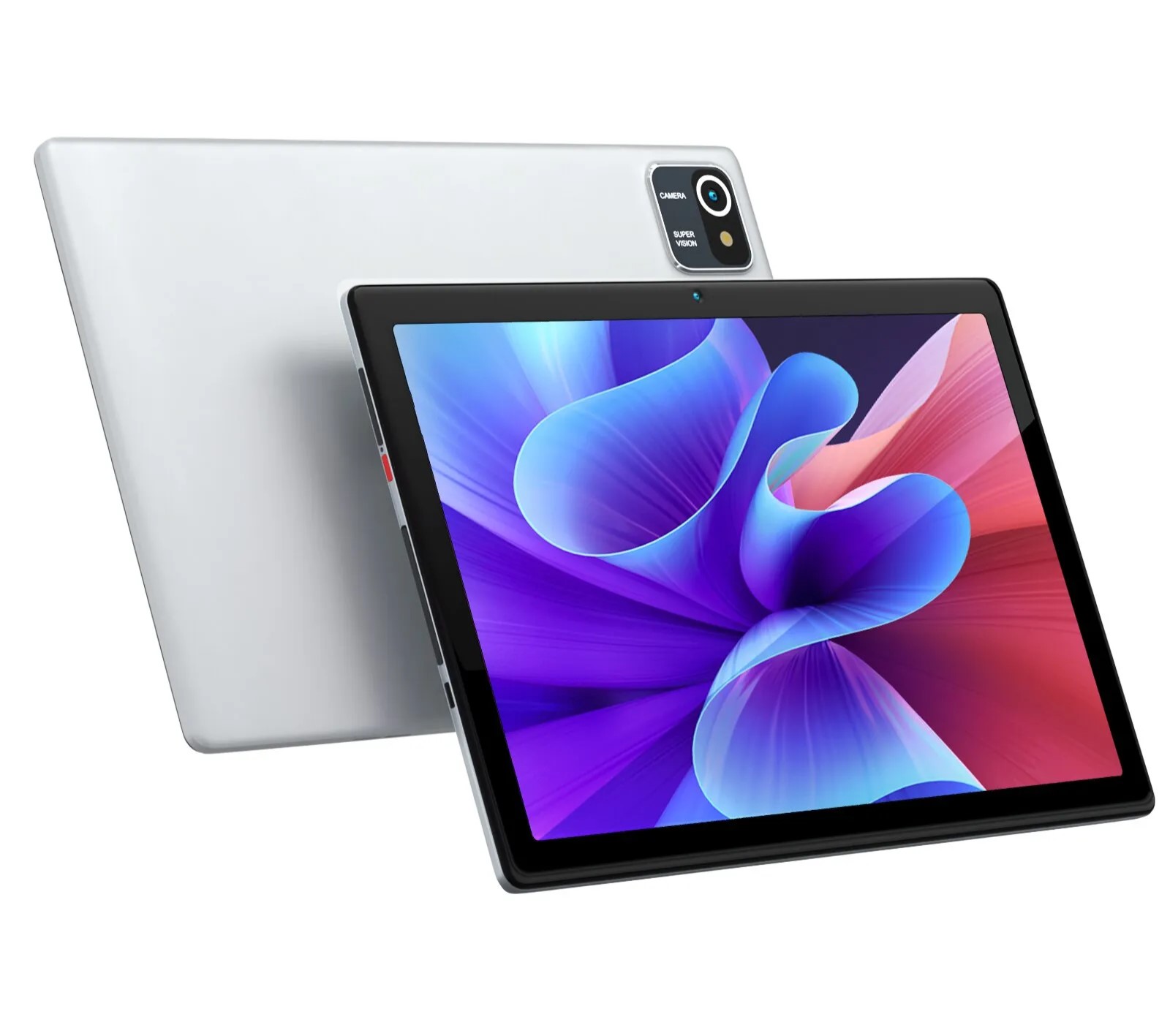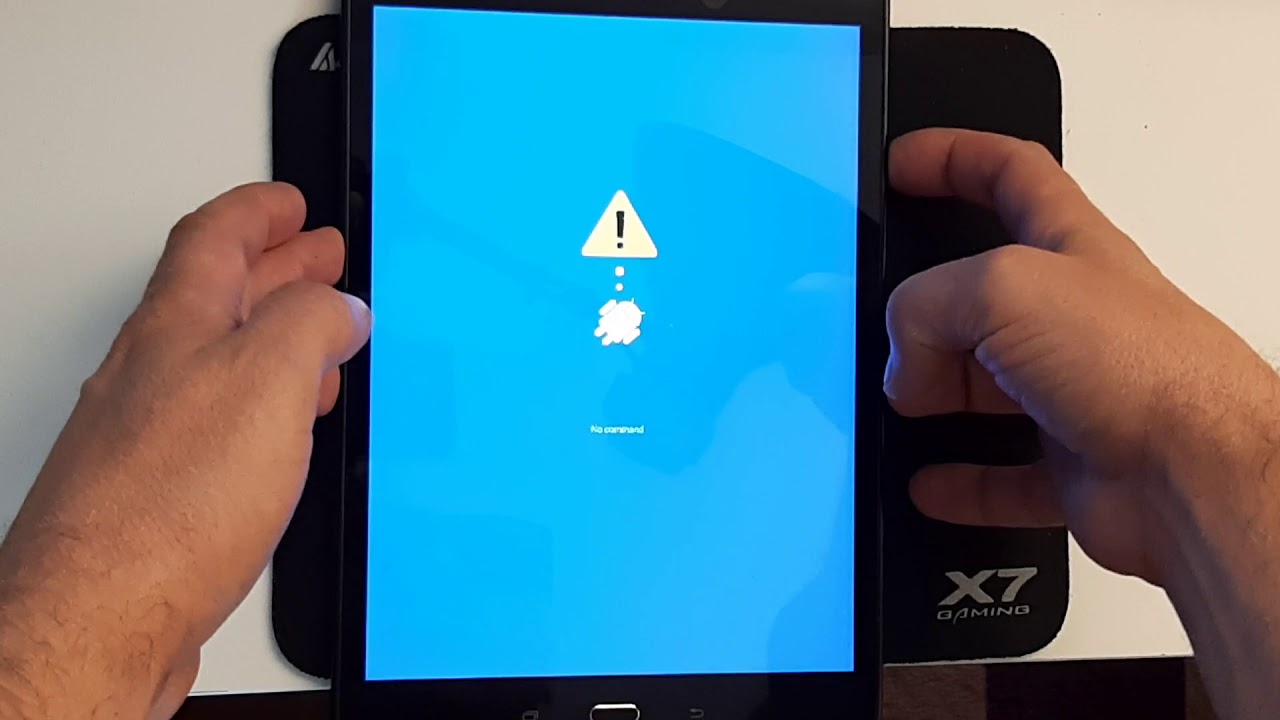Clearing Cache and Unused Files
In order to optimize the performance of your Android tablet and make it run faster, one effective step is to clear the cache and delete unused files. Over time, these files can accumulate and take up valuable storage space, causing the device to slow down. Here’s how you can do it:
1. Clearing App Cache: Many apps store temporary files known as cache to improve their performance. However, these files can build up and become outdated, affecting the device’s speed. To clear app cache, go to Settings > Apps and find the app you want to clear the cache for. Tap on it and select “Clear Cache” or “Storage,” then tap on “Clear Cache” again to confirm. Repeat this process for other apps.
2. Deleting Unused Files: Take a moment to review the files stored on your tablet, including photos, videos, documents, and downloads. Remove any files that you no longer need or that are taking up excessive space. You can access these files through the Gallery, File Manager, or Downloads app. Simply select the files you want to delete and choose the “Delete” option.
3. Clearing System Cache: Apart from app cache, the system cache can also accumulate and cause performance issues. To clear the system cache, you need to boot your tablet into recovery mode. The method may vary depending on the device, but generally, you can do it by holding down specific button combinations (e.g., Power + Volume Up) when turning on the device. Use the volume buttons to navigate to the “Wipe Cache Partition” option and select it using the power button. Once the process is complete, select the “Reboot System” option.
By regularly clearing cache and deleting unused files, you can free up storage space and improve the overall speed and responsiveness of your Android tablet. It is a simple yet effective way to optimize its performance and ensure a smooth user experience.
Uninstalling Unused Apps
One of the key factors that can contribute to a sluggish Android tablet is the presence of unused or rarely used apps. These apps take up valuable storage space and can also consume system resources, leading to decreased performance. Therefore, it is essential to regularly uninstall any apps that you no longer need. Here’s how you can do it:
1. Identify Unused Apps: Take some time to review the list of installed apps on your tablet. Identify the apps that you haven’t used in a while or no longer find useful. These could be games, utility apps, or any other app that you rarely open.
2. Uninstalling Apps: To uninstall an app, go to Settings > Apps. Scroll through the list of installed apps and find the one you want to remove. Tap on the app, and you will see the option to “Uninstall” or “Remove.” Tap on it, and confirm the action when prompted. Repeat this process for other unused apps.
3. Disabling Pre-installed Apps: Some Android tablets come with pre-installed apps that cannot be uninstalled. However, you can disable these apps to prevent them from running in the background and consuming system resources. To disable an app, go to Settings > Apps, find the app, and tap on it. If the option to uninstall is not available, you will see the option to “Disable” or “Turn off.” Select it, and the app will be disabled.
By uninstalling or disabling unused apps, you can free up storage space and reduce the strain on your tablet’s resources. This will help improve its performance, making it run faster and smoother for your everyday usage.
Reducing Animations and Transitions
Animations and transitions can enhance the visual appeal of an Android tablet, but they can also contribute to slower performance, especially on older or low-end devices. By reducing or disabling these visual effects, you can make your tablet run faster and more efficiently. Here are some steps to achieve this:
1. Developer Options: On most Android tablets, the Developer Options menu is hidden by default. To access it, go to Settings > About Tablet and locate the “Build Number” or “Software Information” option. Tap on it seven times to enable Developer Options. Once enabled, a new menu will appear in the Settings.
2. Adjust Animation Settings: Go to Settings > Developer Options. Look for the “Window Animation Scale,” “Transition Animation Scale,” and “Animator Duration Scale” options. By default, these are set to 1x. Tapping on each option will allow you to change the scale. Setting them to 0.5x or turning them off entirely will reduce or eliminate the animations and transitions. Experiment with different settings to find what works best for you.
3. Limit or Disable Live Wallpapers: Live wallpapers can be visually appealing but can also consume system resources and impact performance. Consider using static wallpapers instead. To change your wallpaper, long-press on a vacant area of your home screen, select “Wallpapers,” and choose a static image from the available options.
4. Use a Lighter Launcher: Some Android tablets come with a default launcher that may contain resource-heavy animations and widgets. Consider using a third-party launcher from the Google Play Store that offers a more lightweight and streamlined user experience. Launchers like Nova Launcher and Microsoft Launcher are known for their performance optimization features.
By reducing animations and transitions on your Android tablet, you can minimize the strain on system resources and improve overall performance. This will result in a smoother and more responsive user interface, ultimately making your tablet operate faster and more efficiently.
Disabling Background Processes and Services
Background processes and services running on your Android tablet can consume valuable system resources and affect its overall performance. Disabling unnecessary background processes and services can help improve the tablet’s speed and responsiveness. Here’s how you can do it:
1. Disable Background Data: Some apps, particularly social media or email apps, constantly run in the background to fetch new data and notifications. To conserve system resources, you can disable background data for specific apps. Go to Settings > Apps and select the app you want to modify. Look for the option that says “Restrict Background Data” or “Background Data.” Toggle it off to prevent the app from consuming data and resources in the background.
2. Restrict Background App Refresh: Similar to background data, some apps refresh their content automatically in the background, causing unnecessary strain on the tablet’s resources. To mitigate this, you can limit background app refresh. Go to Settings > Apps and select the app. Look for options related to background refresh or synchronization. Disable or adjust the frequency of background app refresh according to your preference.
3. Disable Unused Services: Android tablets come with various services that run in the background by default. While some of these services are necessary for the device’s proper functioning, others may not be vital for your specific needs. To disable unused services, go to Settings > Developer Options (refer to the previous section for enabling Developer Options) and look for the list of services or processes that are running. Disable any service that you deem unnecessary or that you don’t recognize.
4. Optimize Background Apps: Android provides an option to optimize background apps for improved performance. Go to Settings > Battery and look for the section that displays background app activity. Tap on “Optimize battery usage” or a similar option. From the list of apps, select the ones that you want to optimize and tap on “Optimize” or switch the toggle to the on position. This will restrict the app’s background activity and conserve system resources.
By disabling background processes and services that are not essential, you can free up system resources and enhance the performance of your Android tablet. It will lead to a smoother user experience and ensure that the tablet operates faster and more efficiently for your everyday use.
Updating Firmware and System Software
Updating the firmware and system software on your Android tablet is crucial for maintaining its performance and keeping it up to date with the latest features and security patches. Manufacturers release updates to address bugs, improve stability, and optimize the device’s overall performance. Here’s how you can update the firmware and system software:
1. Checking for Updates: Go to Settings > System > Advanced > System Update or a similar path, depending on your device. Tap on “Check for updates” to see if there are any available software updates for your tablet. If an update is found, follow the on-screen instructions to download and install it. Make sure your device is connected to a stable Wi-Fi network and has sufficient battery level.
2. Automatic Updates: Some Android tablets offer the option to enable automatic system updates. With this setting enabled, your tablet will automatically check for updates and install them in the background. To enable automatic updates, go to Settings > System > Advanced > System Update or a similar path. Look for the option to enable “Automatic system updates” and toggle it on.
3. Manufacturer’s Software: In addition to system updates, manufacturers may release specific software updates or utilities to optimize and improve their devices. These updates can address performance issues and provide additional features. Visit the manufacturer’s website or check your device’s support page to see if there are any software updates or utilities available for your tablet. Follow the provided instructions to download and install them.
4. Custom ROMs: For advanced users, installing a custom ROM can provide a performance boost and additional customization options. A custom ROM is an alternative firmware that replaces the stock operating system on your tablet. However, it’s important to note that installing custom ROMs requires technical knowledge and may void your device’s warranty. If you decide to go this route, make sure to research and follow the instructions provided by reputable sources.
Keeping your Android tablet’s firmware and system software up to date is essential for optimal performance and security. Regularly check for updates and install them as soon as they become available to ensure that your tablet runs smoothly and efficiently.
Removing Widgets and Live Wallpapers
Widgets and live wallpapers can be fantastic additions to your Android tablet’s home screen, providing quick access to information and adding visual flair. However, having too many widgets or using live wallpapers can consume system resources and impact performance. Removing unnecessary widgets and live wallpapers can help make your tablet run faster and smoother. Here’s how to do it:
1. Removing Widgets: To remove a widget from your tablet’s home screen, long-press on the widget you wish to remove. A pop-up menu will appear. Drag the widget to the “Remove” or “Delete” option, which is typically located at the top or bottom of the screen. Release your finger, and the widget will be removed. Repeat this process for any other widgets you want to remove.
2. Disabling Live Wallpapers: Live wallpapers are dynamic backgrounds that can be visually pleasing, but they can consume battery life and system resources. To disable a live wallpaper, long-press on the home screen, select “Wallpapers,” and choose a static wallpaper instead of a live one.
3. Reconsidering Widget Usage: Assess the purpose and usefulness of each widget on your home screen. Are all the widgets essential? Consider whether you really need them or if you can access the same information through other means, such as app icons or the notification shade. Removing unnecessary widgets can improve the tablet’s overall performance.
4. Streamlining Home Screen Layout: While widgets can provide convenience, having too many widgets on your home screen can clutter the interface and negatively impact performance. Consider organizing your home screen by grouping related apps and widgets or using folders to minimize clutter. This will declutter your home screen and make it easier to navigate.
By removing unnecessary widgets and disabling live wallpapers, you can reduce the strain on system resources and improve the performance of your Android tablet. It will result in a smoother and more responsive user experience, allowing you to enjoy your tablet’s features without any slowdowns or lag.
Limiting Background Data Usage
Background data usage refers to the data consumed by apps running in the background on your Android tablet. This can include processes such as app updates, syncing, and other activities that occur even when the app is not actively being used. By limiting background data usage, you can conserve your data plan and improve the overall performance of your tablet. Here are some steps to help you achieve this:
1. Restrict App Background Data: Android provides the option to restrict background data usage for specific apps. Go to Settings > Apps, select the app you want to modify, and look for the option that says “Restrict Background Data” or “Background Data.” Toggle it off to prevent the app from consuming data in the background. Repeat this process for other apps as desired.
2. Background Data Restriction in Data Usage: Android also offers a system-level setting to restrict background data usage for all apps. Go to Settings > Network & internet > Data usage. Here you will find an option like “Restrict app background data” or “Background data restriction.” Enable this option to restrict background data for all apps on your tablet. Note that this may affect the functioning of certain apps or services that rely heavily on background data, such as email clients or messaging apps.
3. Control Sync Settings: Syncing data in the background can significantly contribute to data usage and impact performance. Review the sync settings for various apps on your tablet and adjust them according to your preferences and data plan. Go to Settings > Accounts & sync or similar path, and choose the specific accounts you want to manage. Consider disabling auto-sync or adjusting the sync frequency for apps that you don’t need to update in real-time or that consume excessive data.
4. Disable Auto-Update in Play Store: The Google Play Store allows apps to update automatically in the background. This can consume a significant amount of data, especially if you have many apps installed. To disable auto-updates, open the Play Store app, go to Settings, and find the “Auto-update apps” option. Choose “Don’t auto-update apps.” You can manually update individual apps whenever you have a Wi-Fi connection to minimize data usage.
By limiting background data usage on your Android tablet, you can ensure that your data plan lasts longer, improve the tablet’s performance, and create a smoother user experience. It allows you to have more control over the apps consuming data in the background and reduces any potential performance bottlenecks caused by excessive data usage.
Optimizing Battery Performance
Battery life is a crucial aspect of any mobile device, including Android tablets. Optimizing your tablet’s battery performance not only ensures that it lasts longer but also improves overall device performance. Here are some tips to help you optimize the battery performance of your Android tablet:
1. Adjust Screen Brightness: The display is one of the major contributors to battery drain. Lowering the screen brightness can significantly extend battery life. Swipe down from the top of your tablet’s screen to access the quick settings menu and adjust the brightness slider to a lower level that is comfortable for you.
2. Control Screen Timeout: Set your tablet’s screen timeout to a shorter duration. This reduces the time the screen stays on when inactive, saving battery power. Go to Settings > Display > Sleep or similar path to adjust the screen timeout to the desired interval.
3. Manage Background Apps: Background apps can drain battery power even when you are not actively using them. Limit or disable background app refresh for apps that don’t require real-time updates. Restricting background data usage, as mentioned in the previous section, can also help optimize battery usage.
4. Enable Battery Saver Mode: Most Android tablets come with a built-in battery saver mode that conserves power by reducing performance, limiting background activity, and adjusting other settings. Go to Settings > Battery > Battery Saver or similar path to enable this mode. You can also schedule it to activate automatically when the battery reaches a specific percentage.
5. Disable Unnecessary Connectivity Features: Wi-Fi, Bluetooth, and location services can drain battery power when enabled unnecessarily. Disable these features when you are not using them or need to conserve battery life. You can access these toggles directly from the quick settings menu by swiping down from the top of your tablet’s screen.
6. Use Dark Mode: Some Android tablets and apps offer a dark mode or night mode option. Dark mode uses less power on devices with OLED or AMOLED screens. Enable dark mode in compatible apps and the system settings to reduce battery consumption.
7. Update Apps: Keeping your apps updated ensures that you have the latest bug fixes and performance enhancements. Developers often release updates to optimize battery usage. Enable automatic app updates or periodically check the Play Store for updates.
By implementing these tips, you can effectively optimize the battery performance of your Android tablet. Extending battery life enhances your overall user experience, allowing you to use your tablet for longer periods without interruption and enjoy optimal device performance throughout the day.
Adjusting Display Settings
The display settings on your Android tablet play a significant role in both the visual experience and battery consumption. Making appropriate adjustments to the display settings can help improve readability, reduce eye strain, and optimize battery life. Here are some key display settings to consider adjusting:
1. Screen Resolution: Higher screen resolutions provide sharper and more detailed visuals, but they also consume more power. To optimize battery usage, consider reducing the screen resolution. Go to Settings > Display > Screen resolution or similar path and choose a lower resolution option that still provides satisfactory visual quality.
2. Adaptive Brightness: Enabling adaptive brightness allows your tablet to automatically adjust the screen brightness based on ambient lighting conditions. It helps balance visibility and battery consumption. Go to Settings > Display > Adaptive brightness or similar path to enable this feature. However, note that adaptive brightness may not be available on all devices.
3. Night Mode: Night mode, also known as a blue light filter or night light, reduces the blue light emitted by the screen, which can disrupt sleep patterns and cause eye strain. Enabling night mode in the evening or in low-light environments can promote better sleep and reduce eye fatigue. Look for the Night Light or Blue Light Filter setting in the display or accessibility settings.
4. Display Timeout: Adjusting the display timeout determines how long the screen stays on when inactive. Setting a shorter display timeout conserves battery power by turning off the screen more quickly. Go to Settings > Display > Sleep or similar path to customize the display timeout duration to fit your preferences.
5. Font and Display Size: Android tablets offer options to modify the font style and display size to enhance readability. If you find the default settings difficult to read or too small, go to Settings > Display > Font size or similar path to increase the size of text and system elements. You can also explore options to change the font style for a personalized touch.
6. Wallpaper and Theme: Personalize your tablet by selecting an optimized wallpaper and theme. Choosing a dark or static wallpaper can save battery power compared to animated or bright wallpapers. Experiment with different options to find a visually pleasing and battery-friendly combination.
7. Orientation and Auto-Rotate: Consider whether you want your tablet’s screen to rotate automatically when you change its orientation. If you often hold your tablet in a specific orientation or find auto-rotation disruptive, disabling it can save battery power. Look for the screen rotation or auto-rotate option in the quick settings menu or display settings.
By adjusting the display settings on your Android tablet, you can customize the visual experience to suit your preferences while optimizing battery usage. Finding the right balance between visual quality and energy efficiency ensures a comfortable and enjoyable user experience on your tablet.
Utilizing a Task Manager App
A task manager app can be a valuable tool for optimizing the performance of your Android tablet. It allows you to monitor and manage the active tasks, memory usage, and system resources on your device. By utilizing a task manager app effectively, you can improve the speed, responsiveness, and overall efficiency of your tablet. Here’s how you can make the most of a task manager app:
1. Monitoring Resource Usage: Task manager apps provide real-time information on the CPU usage, RAM usage, and other system resources. Use the app to keep an eye on resource-intensive tasks or apps that may be consuming excessive memory or battery power. This helps identify any performance bottlenecks and allows you to take appropriate action.
2. Clearing Memory: Over time, apps can consume memory, leaving less available RAM for other processes. A task manager app typically provides a feature to clear memory by terminating unnecessary background apps and processes. This can free up memory, improve overall device performance, and prevent slowdowns or lags.
3. Managing Running Apps: Task manager apps allow you to view and manage the list of running apps on your tablet. You can force close or terminate apps that may be misbehaving, causing crashes, or utilizing excessive system resources. By actively managing running apps, you can optimize the tablet’s performance and ensure a smoother user experience.
4. App Hibernation and Power Saving: Some task manager apps offer advanced features like app hibernation or power-saving mode. These features enable you to put selected apps to sleep or limit their background activity, conserving battery power and system resources. Explore the app’s settings or features to utilize these power-saving capabilities effectively.
5. Task Automation: Task manager apps often provide task automation features that allow you to automate certain actions based on specific triggers or criteria. For example, you can automate tasks such as app closing, cache clearing, or memory optimization at predetermined intervals or when certain conditions are met. Utilizing these automation features can streamline your device’s performance maintenance.
6. Security and Privacy: Some task manager apps offer security and privacy features, such as app lock or permission management. These features allow you to secure your sensitive apps and control the permissions granted to individual apps. Take advantage of these additional capabilities to enhance data security and privacy on your tablet.
It’s important to choose a reputable and trusted task manager app from the Google Play Store to ensure reliable performance and avoid potential security risks. Regularly update the app to benefit from new features and improvements. By effectively utilizing a task manager app, you can optimize the performance of your Android tablet, enhance efficiency, and maintain a smooth and responsive user experience.







